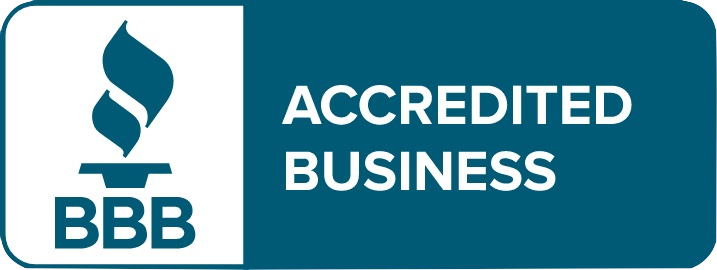In the past, it was standard to view employee health (including mental health) and overall productivity as separate issues. Now, most of us understand that they are inter-related. Mental health in the workplace has increasingly become an issue for employers and insurers, due to the pace of change in organizations. Job stress has become a prevalent phenomenon, with almost two-thirds of employees experiencing some symptoms. When the demands of work overwhelm our ability to handle them, it can lead to anxiety, depression, an inability to concentrate, and the symptoms of what many of us recognize as burnout. Symptoms translate into absenteeism or presenteeism (when people are physically at work but less productive because of a health condition) which can create a ripple effect throughout an organization.
Mental health issues, whether work-related or not, account for one-third of short-term disability claims and a whopping 70% of the costs, with the average claim lasting 65 days and costing $18,000. They cost the Canadian economy $50 billion a year. Recent studies by Morneau Shepell and the Globe and Mail revealed that more than a third of HR leaders interviewed said that complex mental health issues were their top challenge relating to absence and disability costs.
There is no shortage of assistance and resources available to employers to help you to understand and support the mental health of your employees. Unfortunately, according to Canada’s Mental Health Association (which offers several courses for leaders and managers), many employers are failing to implement the voluntary standards introduced a few years ago.
Some of the challenges faced by employers and the HR departments who manage these issues are the inadequate knowledge of managers, co-workers and the employees themselves. There is also the ongoing stigma that leaves employees unwilling to use counselling resources. It’s not an easy issue, but we ignore it at our peril.
In the past few years, several provinces have passed legislation relating to work-related post-traumatic stress disorder claims. The cost to productivity and the potential for liability has, in part, led some insurers and employers to devise mental health approaches that can be helpful for the rest of us.
We know from various studies, including one by Standard Life, that proactive management does reduce mental health costs, including practices at the organizational level, the work conditions level, and the individual level.
One approach used by larger companies is to increase funding. By example, one article indicated that both Starbucks and Manulife Financial have boosted employee mental health coverages to $5000 and $10,000 respectively.
A key tool in supporting employees’ resilience and productivity is the employee and family assistance program or EFAP. In the case of an employee with a mental health issue, it can provide the kind of solution-focused counselling that has been proven to help, at least in the short term.
Increased psychotherapy coverage is another trend amongst employers, with options being to create a separate fund for mental health coverage and broadening the scope to include non-registered psychotherapist and clinical counsellors.
Beyond insurance, experts know that there are many other methods to improve resilience and overall mental health, with a focus on prevention. The culture of an organization impacts mental health. Sometimes just helping people to manage communications in the workplace can help their ability to adapt in the face of change and stress. Engagement surveys that directly address the issue are another way to gauge the overall health of the culture.
More employers are training managers to deal with mental health issues. Examples include workshops that discuss foundational concepts and train leaders on how they can bolster staff psychological well-being. Other strategies include lunchtime sessions about managing stress, which can help to break down stigma. Some programs relate very directly to productivity — emotional intelligence training for sales staff, for example. Other strategies are focused on the individual, such as mood-tracking apps, or yoga and mindfulness classes.
Although each of us must own our own mental health, including developing resiliency and coping skills, there are many steps we can take as employers and managers to support these efforts. These include effective prevention and training programs. No one wants to suffer from an illness — and suffering in silence makes it worse. We can all contribute to making our workplaces more caring, healthy and in doing so, more productive.




